One of Kevin Devlin’s most treasured possessions is a photograph of two young boys standing side by side. Each is dressed in their GAA kit, and each is holding a large cup.
"That's me in P6 and Gerry – he was 16 months older than me – in P7. We won the Raffo Cup, which was the competition for the Belfast schools, and the Rice Cup, for the Christian Brothers schools, so we won the two."
Kevin pauses. “It’s just a nice photograph to have, of the two of us playing in the one team.”
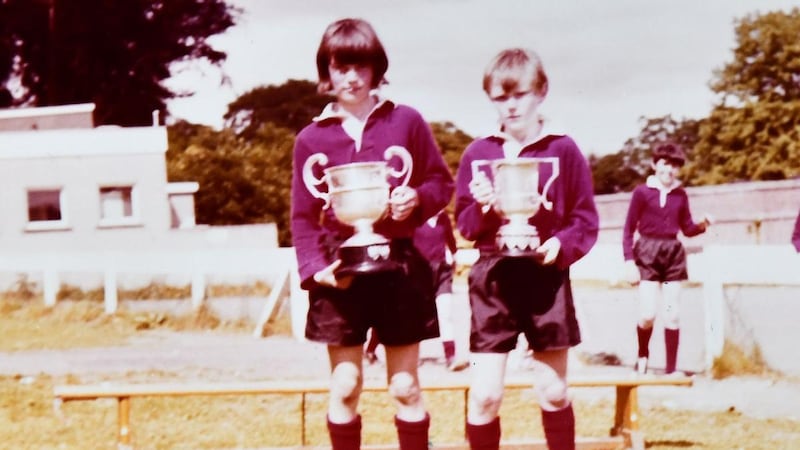
The GAA was in the five Devlin brothers' blood. Their father, Seamus, was a stalwart of their club, Naomh Éanna (known as St Enda's) in Glengormley, Co Antrim – which still awards a cup in his memory every year – and his sons all played Gaelic football and hurling.
When an injury ended his playing career, Gerry became a manager at the club, eventually taking on the senior football team. “We were a GAA family, first and foremost,” says Kevin.
'He was killed just because he was a GAA man'
In 1997, Gerry was shot dead by a loyalist gunman at the entrance to the clubhouse. He had come to pick up Kevin, who was inside. “We had the bulletproof glass and the [security] cage to get into the clubhouse... the doorbell rang the second time and I came out and he was lying there.
“I saw a shadow... my first thought was to run after the fella, grab him by the throat or something for hitting my brother.”
Instead he ran to Gerry; it was only when he turned him over that he realised he had been shot. “He was a fella with two young kids, playing up here, 36 years old, managing the senior team at a young age,” says Kevin. “He was killed just because he was a GAA man.”
The Devlin family and St Enda's are among a number of families, clubs and GAA figures giving their support to a new project by victims, survivors and human rights group Relatives for Justice (RFJ), which aims to document for the first time every member of the association killed in the Troubles.
"What we want to do – and for their families to do in their own words – is to collectively remember them as Gaels. The club they played for, their achievements and all their association connections, and the common theme is they were all killed as part of this conflict," says Mark Thompson from RFJ. "On a national level, it's surprising it hasn't been done yet."
After almost two years of studying newspapers, books and other archive material, RFJ has compiled a list of 156 names. They range from Gerard McAuley, a 15-year-old Fianna member who was one of the first victims of the Troubles in August 1969, to PSNI officer Ronan Kerr – a former player with Beragh Red Knights in Co Tyrone – who was killed by dissident republicans in 2011.
They include children such as 13-year-old Emma Donnelly from Benburb, Co Tyrone, a promising camogie player who was player of the year at her club when she was killed in an IRA explosion; the following year she received the award posthumously.
They include pensioners like Sean Fox, a 72-year-old widower and president of St Enda's, who was tortured and shot dead by loyalists in his own home in 1993.
They include IRA members and hunger strikers such as Kevin Lynch, a Gaelic footballer and a hurler who has a hurling club in Dungiven, Co Derry named after him.
Of the 156, almost half – 46 per cent – were killed by loyalists, with a quarter (26 per cent) killed by security forces (the British Army, RUC and UDR) and 11 per cent killed by republicans; some 17 per cent were republicans who caused their own deaths accidentally; and in one case the perpetrator remains unknown.
Thompson believes there are many more victims, including south of the Border, and is appealing to relatives of GAA members killed in the Troubles to contact them.
“We’re remembering everyone equally and collectively – their politics, or who killed them, is irrelevant,” says Thompson. “If their loved one was part of the association and they want to be part of this project, we would like to hear from them.”
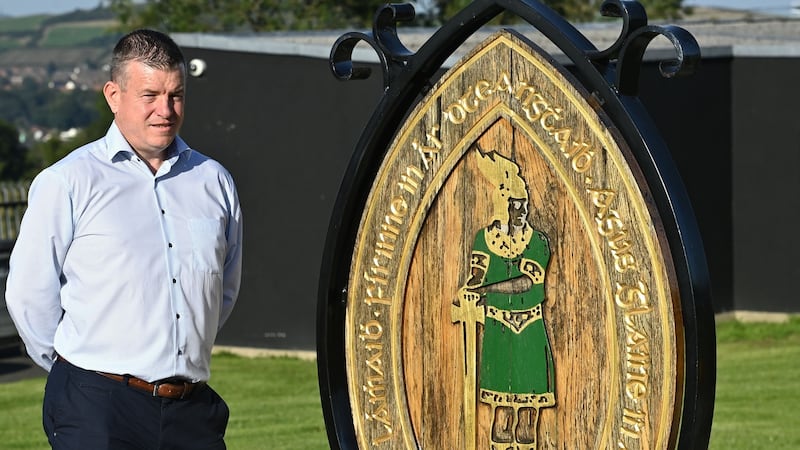
The project is ambitious; a book will be supplemented by a permanent online archive including interviews with family members, as well as commemorative GAA jerseys bearing the names of every victim and a commemorative exhibition of items loaned by their families: their hurls, their football boots, their medals and their trophies.
'He walked through to the checkpoint to go out to the football... then next thing the shot rang out'
The research will also cover other aspects of the GAA experience in the North during the Troubles, including the occupation of GAA grounds, the harassment and targeting of members and attacks on grounds, and Rule 21.
Ultimately, the plan is to lobby for the GAA “to erect a fitting memorial to all those members who were killed”, says Thompson; ideally, this would be “at the home of the GAA in Croke Park”.
"The collective experience of the northern Gael, if you want to put it like that, over what has been a very traumatic period in Irish history, should be prominently represented in our national stadium," says Niall Murphy, vice-chairman of St Enda's and member of the project's steering group at RFJ. Murphy is also a prominent Belfast lawyer who represents the families of many Troubles victims, including the Devlins.
"It would be nice that somebody would go there and say, 'That's that fella Gerry Devlin, '" says Kevin Devlin. "I know his memory won't be erased at St Enda's, that's for sure, but for it to be part of Croke Park, even the smallest wee bit, [to have] his name there, you'd feel really strong. It would be a good tribute to everybody who lost their life."
At Aghaloo O'Neill's GAA club in Aughnacloy, Co Tyrone, photographs of three members of the club who died in the Troubles hang on the wall. Among them is an image of Aidan McAnespie, who was shot dead by the British army as he walked through the Border checkpoint at Aughnacloy in 1988. A former soldier is due to stand trial for his manslaughter.
“He walked through to the checkpoint to go out to the football... then next thing the shot rang out,” says his brother, Vincie McAnespie. “They were at the field, they were togging out, and they all gathered round Aidan. He died instantly. He was just a lad going to a Gaelic match on a Sunday.”
When he talks about Aidan, Vincie always mentions the two other names: Francis McCaughey, a 35-year-old farmer, was killed by a UVF bomb in 1973; Lost Lives described him as a “prominent member of the GAA” who had “recently helped purchase a new playing field for the local football club behind the town’s RUC station”.
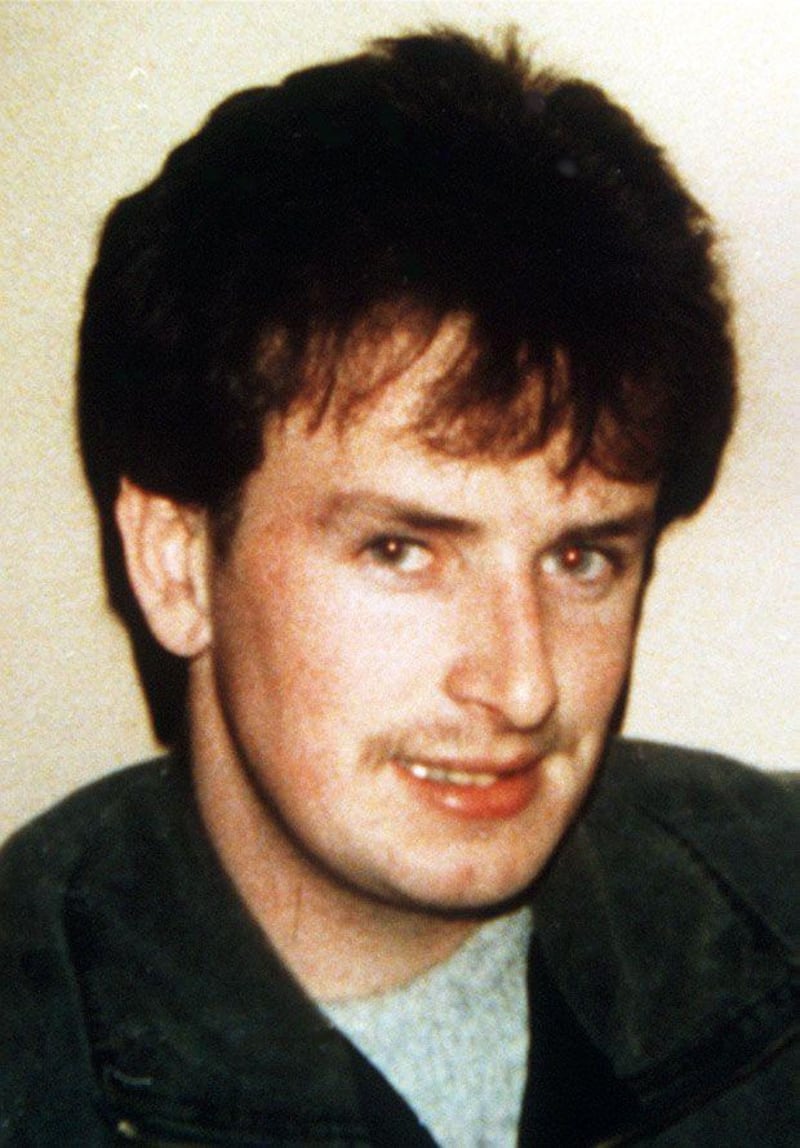
Two years later, the UVF shot Francis's brother-in-law and club committee member Owen Boyle, a 41-year-old father of eight.
“Those two names were forgotten about,” Vincie says, “and it ended up that we got photographs and put them in a nice frame and we put them up in the hallway... it shows it hasn’t been forgotten about. To me, every club should have what Aghaloo has, so that the people killed during the Troubles are recognised. The clubs need to do it, the county grounds need to do it, and then Croke Park. They need to come on board.”
In their campaign for a memorial at Croke Park, says RFJ’s Thompson, they have the support of “a number of high-profile GAA players, past and present, county board representatives across the island, and senior GAA officials abroad.”
They include Aidan's sister-in-law, Brenda McAnespie, the winner of three All Ireland football titles – one junior and two senior – for Monaghan.
“When I was younger it was my dream to play in Croke Park, which I was lucky enough to do,” she says. “So for those GAA members who were murdered I think it’s very important that they’re remembered in Croke Park, because that’s where everyone looks to – it’s the centrepiece of Gaelic football.”
Sean Harte is president of the GAA in Canada. Originally from Loughmacrory, Co Tyrone, he still remembers "a young lad called Martin McShane, he was murdered in the grounds of the GAA club in Coalisland" in 1971.
Sixteen-year-old Martin had been playing a game with his brothers in the GAA ground and had gone home to get his coat; as he ran back he was shot dead by British soldiers who were concealed nearby.
The following year Harte's team, Carrickmore minors, were the winners of a tournament held in his memory.
“I remember standing on the spot and thinking, this is unbelievable, that a young child should lose his life at the hands of the British army in his own back yard, in his own football pitch.”
Now in Toronto, Harte counts among his good friends the brother of Sean Farmer, who was murdered in 1975 along with Colm McCartney – cousin of the poet Seamus Heaney – at a fake security checkpoint set up by the UVF. The pair had been returning from watching their county, Derry, play Dublin in the all-Ireland semi-final at Croke Park.
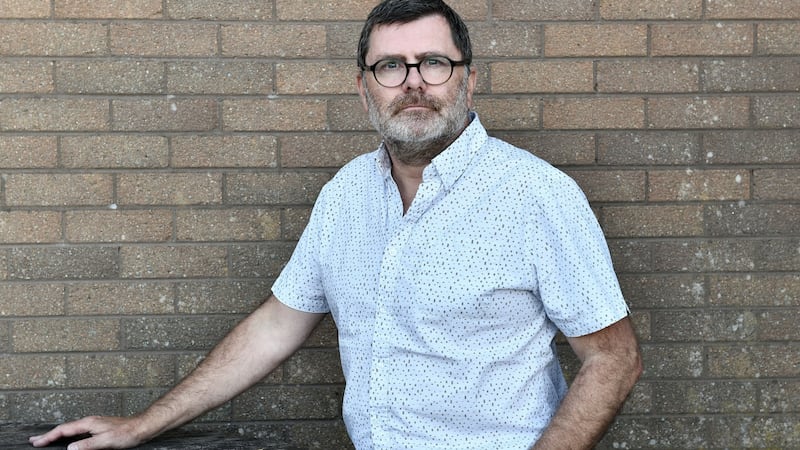
“They were from the very best of good families, GAA families, out there promoting their sport, but somebody made a decision to target GAA people,” says Harte. “We have always remembered all of our GAA members through other struggles, including through 1916, so why wouldn’t the people from 1968 onwards who were murdered, why wouldn’t they be remembered?”
Throughout the Troubles the club and its members were easy targets because of its location: an isolated, rural spot in a predominantly Protestant area
Niall Murphy makes a similar point. “Croke Park has been very good in remembering the loss the GAA endured in the revolutionary period... the way the GAA remembered Bloody Sunday on its 100th anniversary last year was beautiful.”
At St Enda’s, remembrance is part of its culture. Five club members were killed, and the club was burnt down 13 times in the 1970s and 1980s; there were “bomb attacks, there were shootings in the lane”.
Among the possessions Kevin Devlin keeps is a statement issued by St Enda’s in the wake of Gerry’s murder:
“St Enda’s are departing from our long-established policy of refraining from public comment on the many attacks on our premises over the years,” it read. “It is sad in these days of improving cross-community relations no local political party leader has seen fit to condemn these attacks on our club, particularly this brutal murder of an innocent man.”
Throughout the Troubles the club and its members were easy targets because of its location: an isolated, rural spot in a predominantly Protestant area. Those making their way to the club were easily picked out as Catholics.
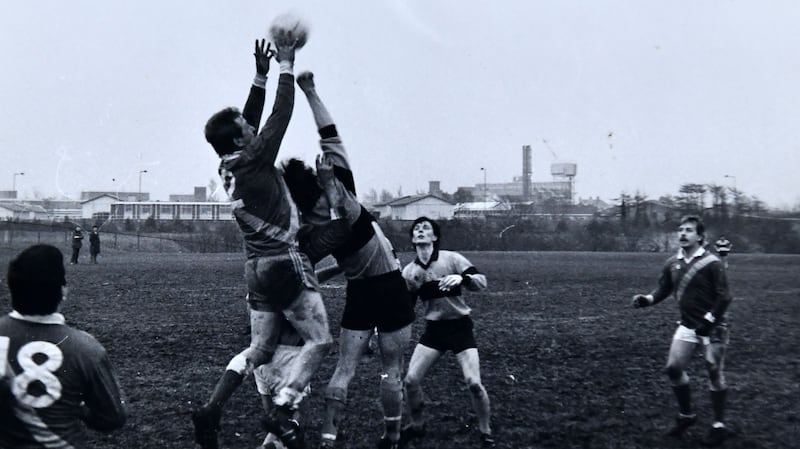
“You weren’t allowed to walk alone or together, even with a hurl in your hand, and you certainly didn’t have the jersey on,” remembers Kevin Devlin. “It was just too dangerous, because once you crossed that bridge, it was so desolate, they knew where you were going – there was nowhere else to go.”
Gerry was killed on the last night at the old club; the first function at the new clubhouse was his funeral. “I think the club was that close to disbanding, finishing,” says Kevin. “I remember my war cry at the funeral, at the grave, saying we’ve got to keep this club open, it’s what he would have wanted. I think it was the heart and soul coming from me that said to anybody at that funeral, just don’t give in, keep going.”
The impact on the club and the community was “catastrophic”, says Murphy. “It’s like an earthquake that fissures through the wider club community and every individual family.”
'The checkpoint is gone, it's completely different for him...'
He begins to list the names: "Sean Fox, the club president, was murdered in his own home, Gerard Lawlor was murdered in 2001... nobody has ever been arrested, charged or convicted."
A complaint by Kevin on behalf of Gerry “is now in the cold storage of the police ombudsman’s office, in the first instance starved by [lack of] resources... now it will be frozen through the British government’s new proposals to grant an amnesty for the past. It’s an unmitigated disgrace for Kevin as a brother but fundamentally also for wider society.”
A neighbour of the Devlins, Murphy was taken under Gerry’s wing after he suffered a similar knee injury. “He would always have kept a sort of fatherly eye on you, and that’s something I’ll cherish.
"This is the spirit that endures in our club and I know it's the same in other clubs, I know it's the same in Gort na Móna [in west Belfast], where their pitch is called Terry Enright park. I know it's the same in Bellaghy, where the pitch is called after Sean Brown. "
Is this understood outside Ulster? "No, to be honest, no," says Brenda McAnespie. "When I lived in Scotstown [in Co Monaghan] and the Border counties, they have a better idea of it, but the further south you went people didn't know."
Her youngest son now plays for his uncle’s club, Aghaloo. “The checkpoint is gone, it’s completely different for him... there are so many younger ones now that you see walking up and down to the football field.”
St Enda's is the largest club in Ulster, with more than 1,000 members. On a sunny Tuesday afternoon, the pitch is full of young hurlers; that evening the club has a big match, and the car park slowly fills with volunteers, players and spectators.
“This is almost what you live for,” says Murphy. “It gives you so much satisfaction that the games that we have enjoyed for all of our lives are now going to be such a significant feature of all these kids’ lives.”
As they arrive for the game, they pass a memorial stone by the clubhouse; below it is a bunch of flowers in the club yellow. “A tribute to the brave men and women,” it reads, “whose dedication and courage through many difficult times inspired our families with faith and hope.”
For more information about the project, or to get involved, contact GAALegacy@RelativesforJustice.com















